Safe waters of the Baltic: joint exercises of the Polish Navy, Border Guard, and Special Forces
Enhancing operational procedures and cooperation in responding to military and non-military threats to critical maritime infrastructure is the primary objective of the naval exercise codenamed Baltic Guardian-25. The maneuvers, conducted in the Baltic Sea, involved designated forces from the 3rd Ship Flotilla, the 8th Coastal Defense Flotilla, the Naval Aviation Brigade, Special Forces, the Maritime Border Guard Unit, and representatives of the Maritime Office. The exercise was commanded by the Maritime Operations Center – Maritime Component Command in Gdynia.
security navy tricity news04 february 2025 | 12:02 | Source: Gazeta Morska | Prepared by: Kamil Kusier | Print

fot. st. chor. szt. mar. Piotr Leoniak / Marynarka Wojenna RP
The exercise scenario involved a vessel breaching the security zone of offshore drilling platforms and an unsuccessful attempt by Border Guard officers to inspect the unit. At the same time, an unidentified cargo was thrown overboard. Due to the vessel's resistance and lack of cooperation with authorities, the Navy was called in for support. Their mission was to assess the threat, detain the vessel, locate and identify the discarded cargo, and secure the ship for boarding teams, ultimately enabling Border Guard officers to conduct their inspection operations.
In response to growing threats, the Navy launched Operation "Bay" ("Zatoka") in 2022, aimed at monitoring maritime traffic, identifying potential dangers, and overseeing key economic and energy security-related areas. The Polish Armed Forces cooperate in this effort with the Maritime Border Guard Unit, maritime administration, and operators of gas pipelines, underwater power cables, and telecommunication lines. Situational awareness is maintained 24/7 in close collaboration with allied nations, significantly enhancing maritime security.
The Baltic Sea is a crucial area for Poland's economy and security. Each day, approximately 3,000 vessels traverse its waters, facilitating international trade, resource transportation, and passenger movement. Polish ports handle nearly 140 million tons of cargo annually, including strategic resources such as crude oil and liquefied gas. Maritime infrastructure – including LNG terminals, oil ports, gas pipelines, power cables, and telecommunication lines, along with future offshore wind farms – forms the backbone of the nation's resource, energy, and communication security.
These factors strongly influence the scenarios of naval exercises conducted by both the Polish Navy and NATO. Following the Nord Stream pipeline damage, NATO reinforced its protection of underwater infrastructure by establishing a special coordination unit within the MARCOM naval command. The Polish Navy focuses on operations related to securing and defending maritime communication routes, maintaining control at sea, and preventing maritime blockades that could cut off supply lines and allied support. Increasingly, exercises include naval and aerial maneuvers aimed at protecting critical maritime infrastructure and preventing potential acts of sabotage. Such exercises are essential for creating a secure maritime environment necessary for uninterrupted trade, transportation, and the steady supply of energy resources, electricity, and communications.
Baltic Guardian-25 (Strażnik Bałtyku-25) represents another step in refining the Navy's ability to respond to real threats and ensure security in the strategically significant waters of the Baltic Sea.
Baltic Guardian-25: an example of a SNEX exercise
The SNEX (Short Notice Exercise) drills are training initiatives characterized by a short notice period for the involved forces. Their main goal is to assess the ability of military units to carry out tasks within a mandated time frame and to refine operational procedures.
An example of such an exercise is "Baltic Guardian 2025", during which surveillance systems detected a suspicious vessel heading toward Polish offshore extraction platforms. In response to this threat, units from the Border Guard, Navy, and Special Forces were deployed to intercept and inspect the vessel.
Another example is an exercise conducted in November 2024, involving units equipped with precision strike systems such as HIMARS, Homar-K, and NSM. The objective of this exercise was to synchronize command posts at the operational and tactical levels in the process of target selection and engagement.
SNEX exercises enhance the operational and deterrence capabilities of the Polish Armed Forces, increasing their readiness to act on NATO’s eastern flank and in the Baltic Sea region.
see also
Kamil Kusier
redaktor naczelny
gallery
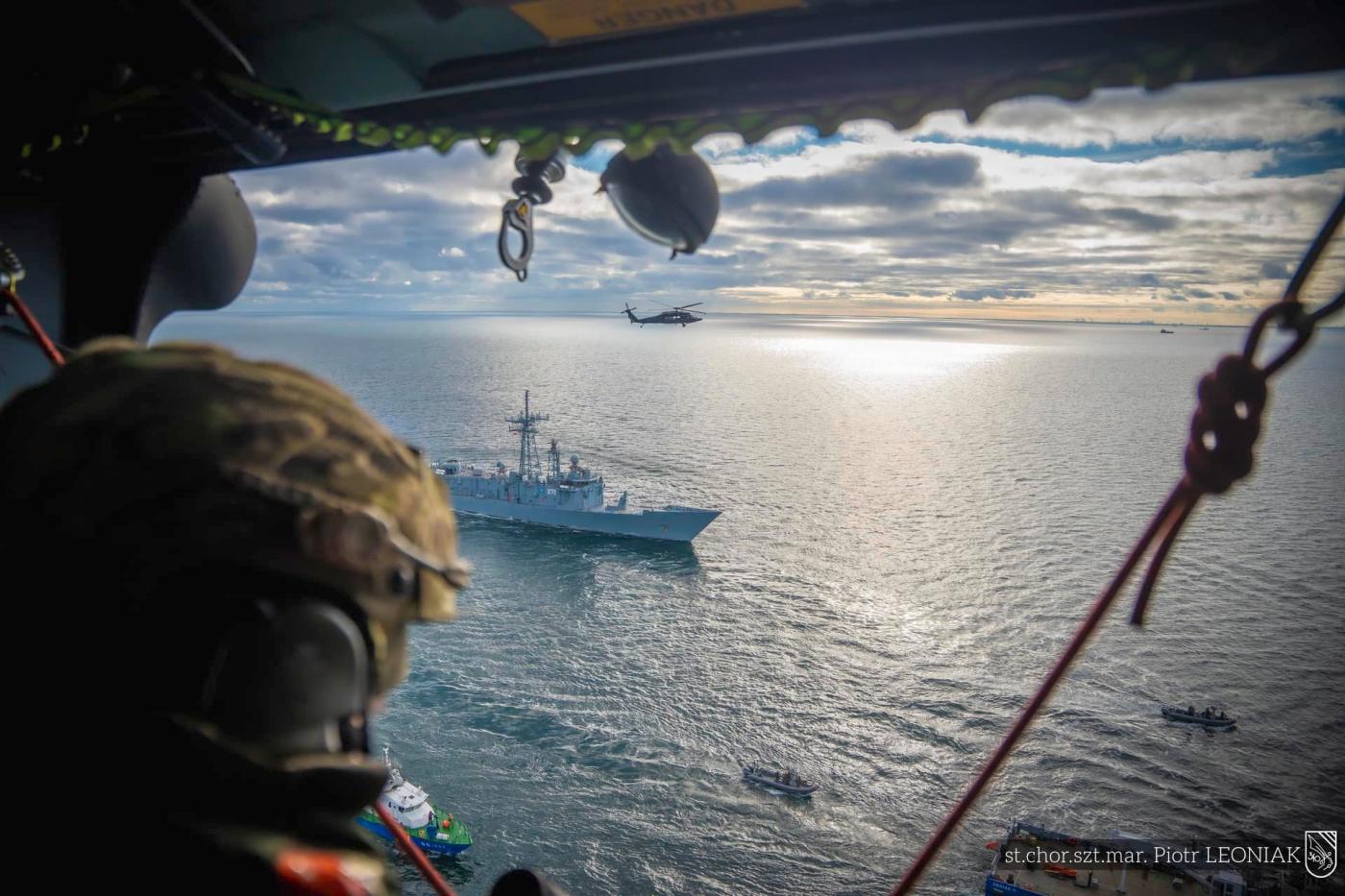

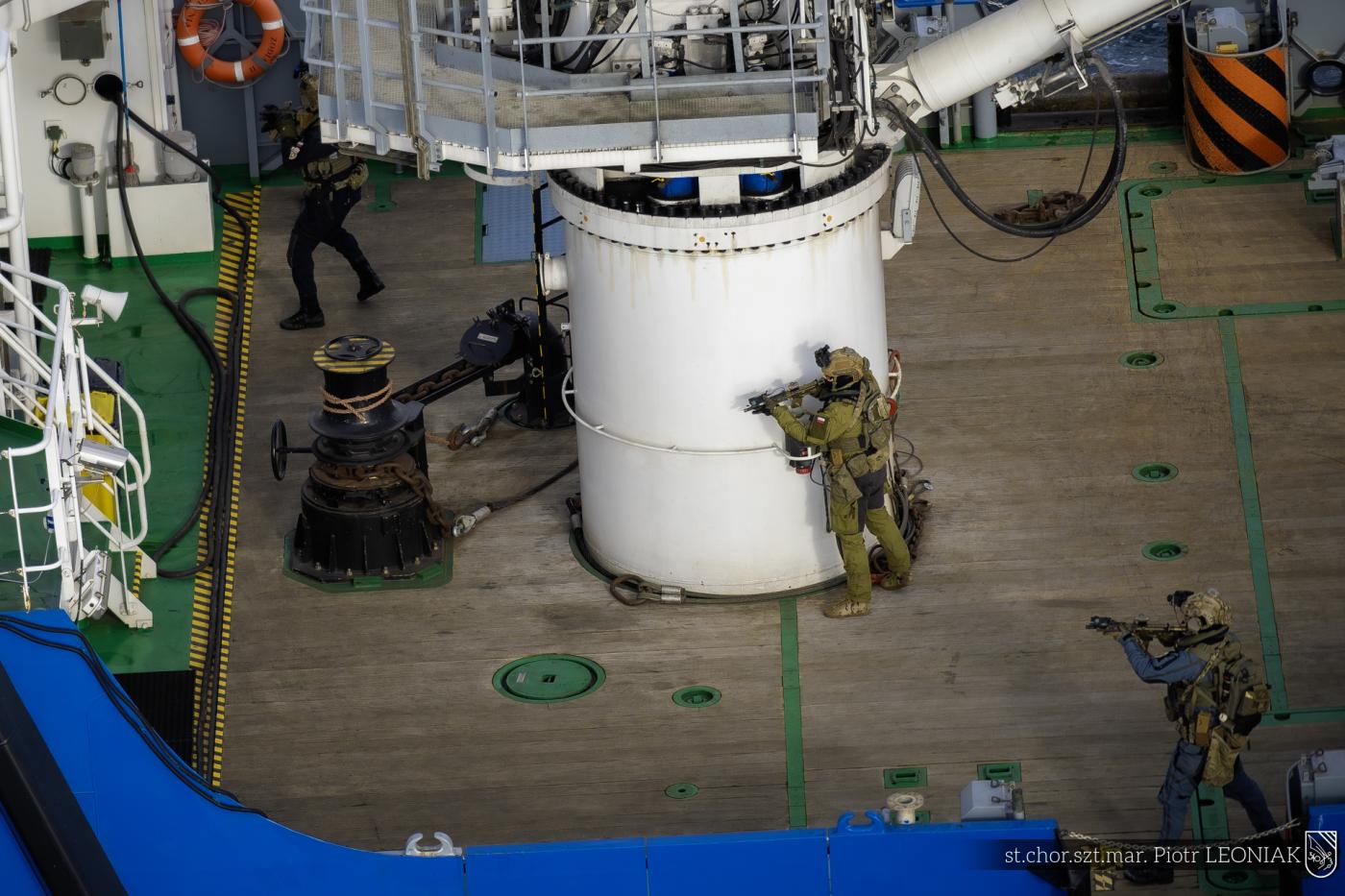

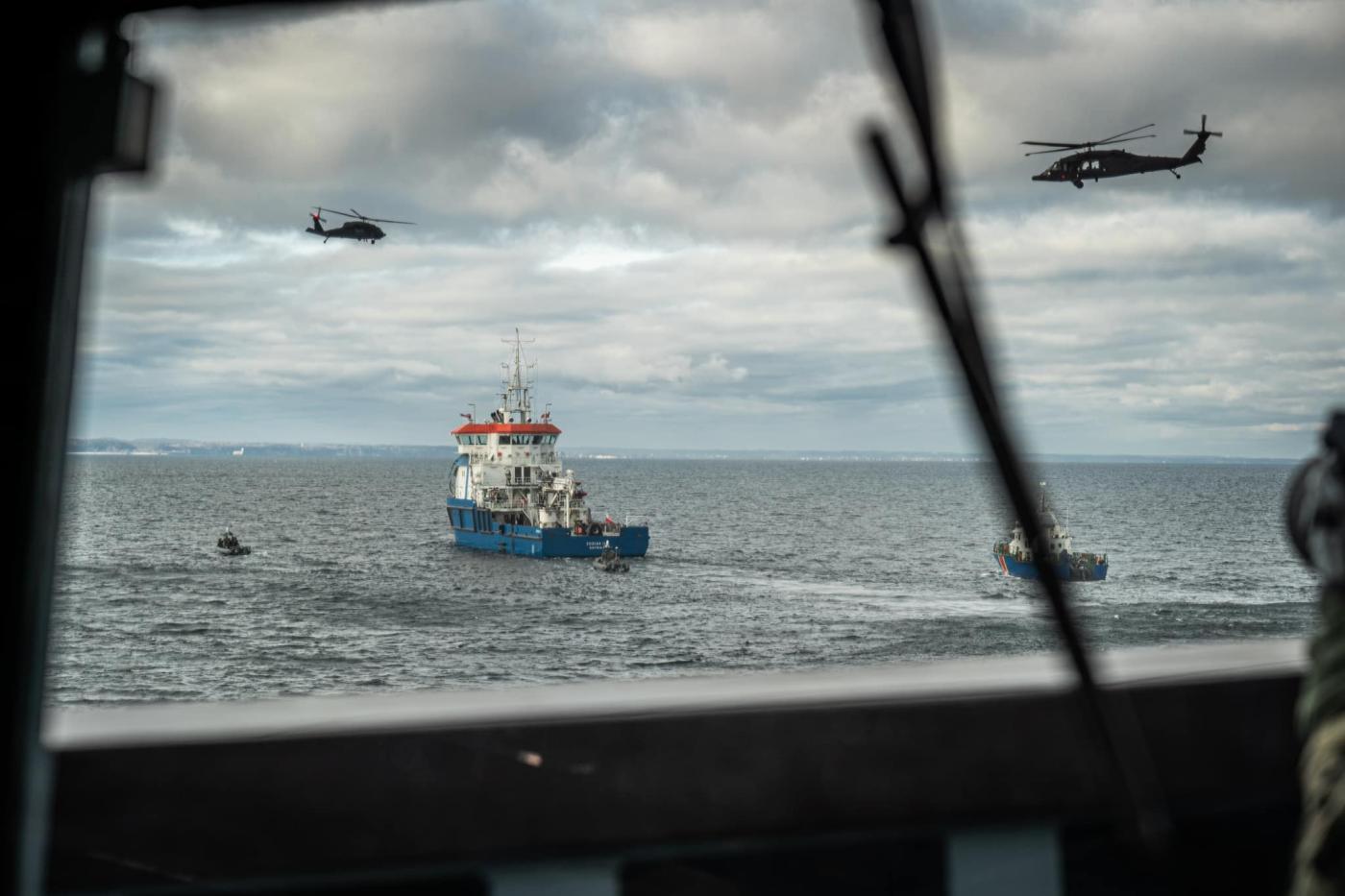
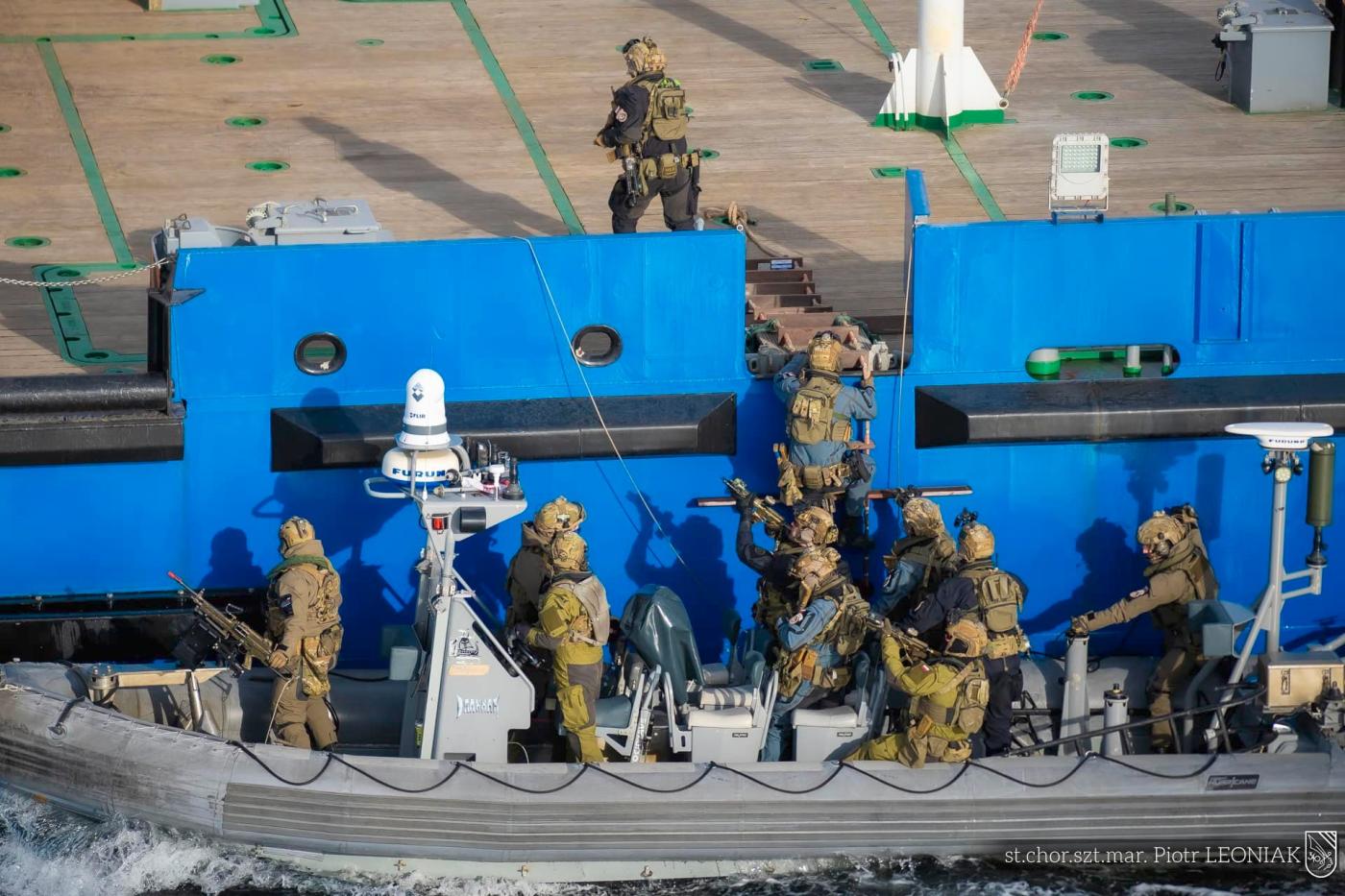
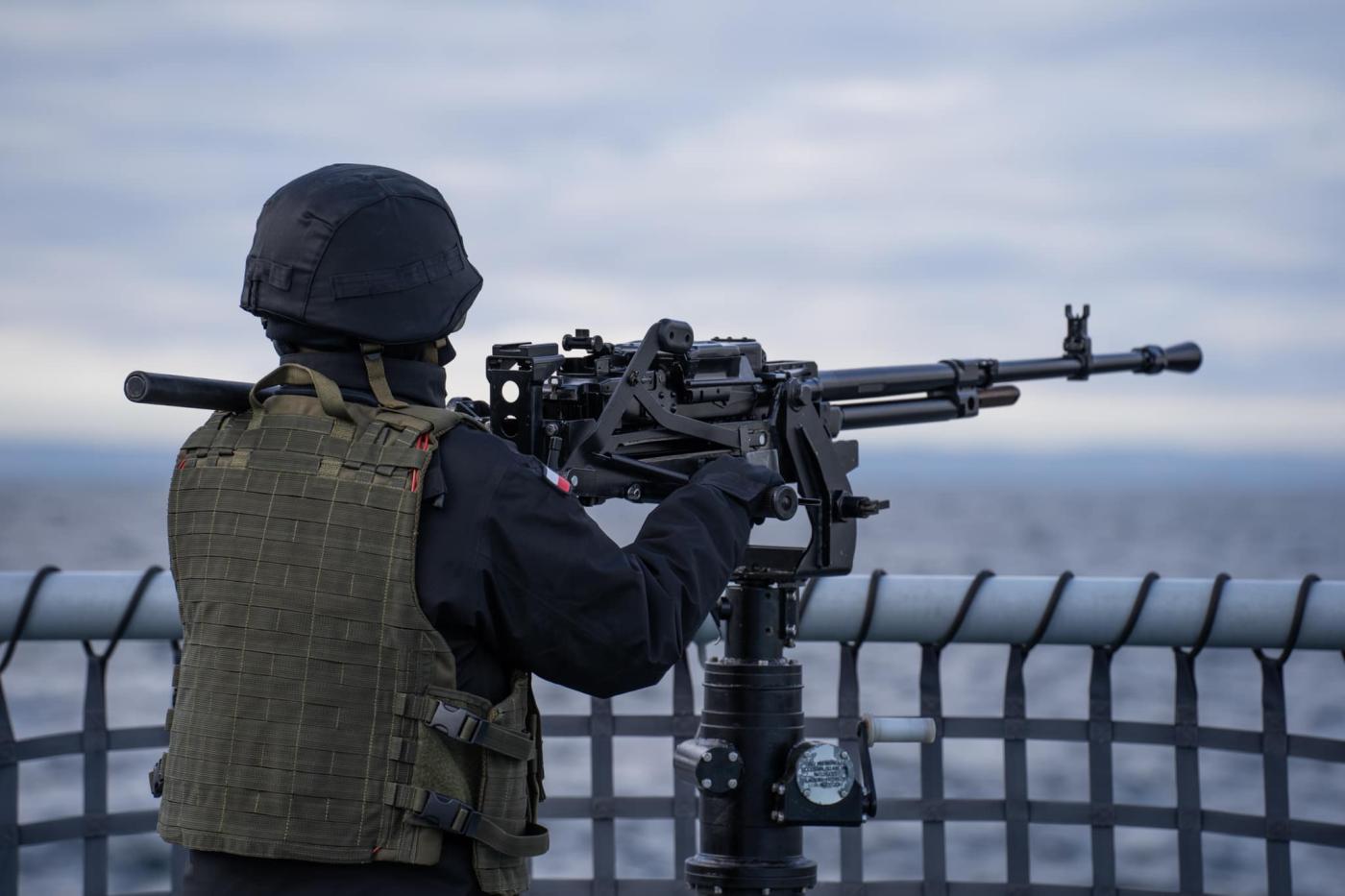

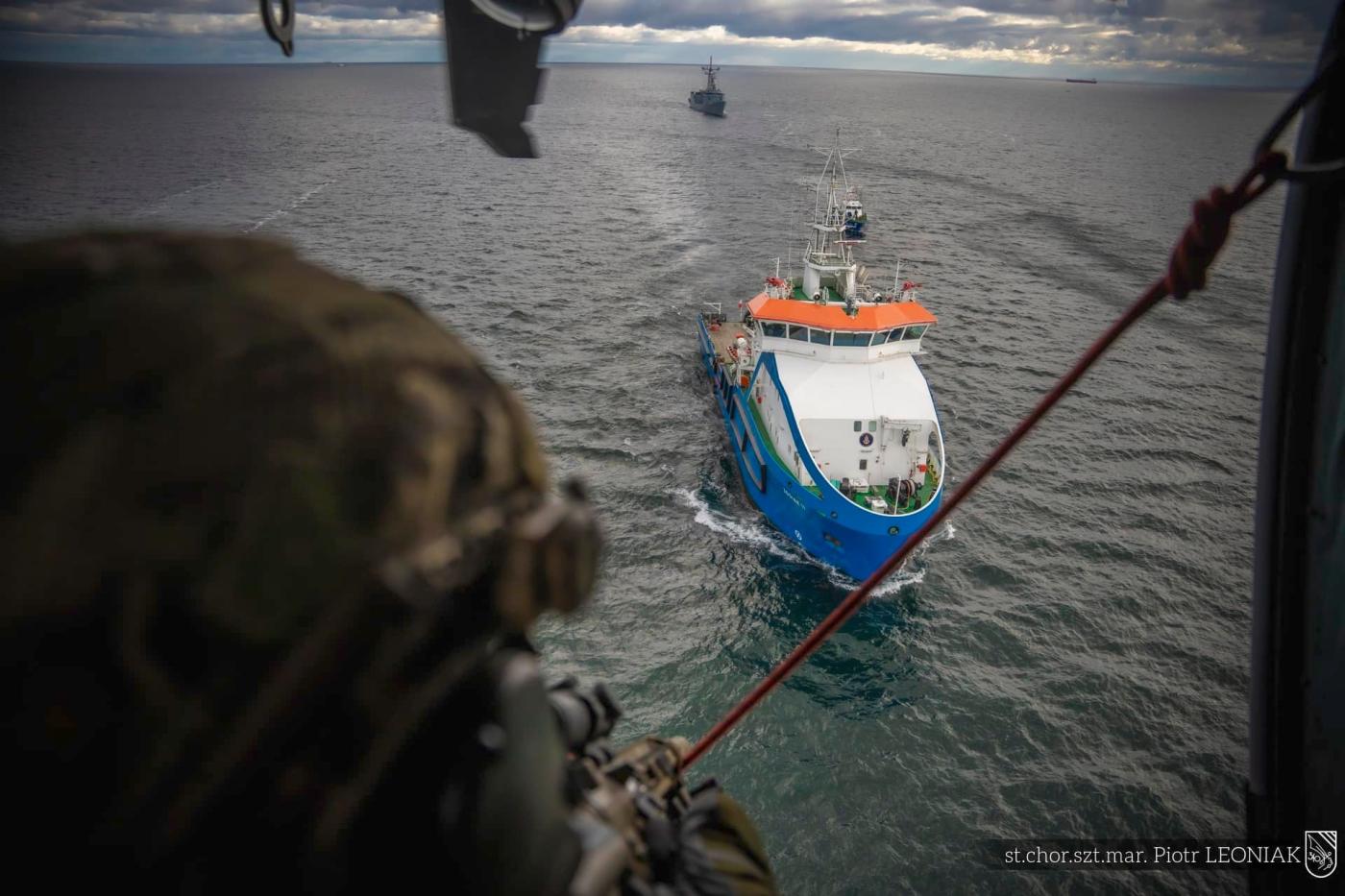


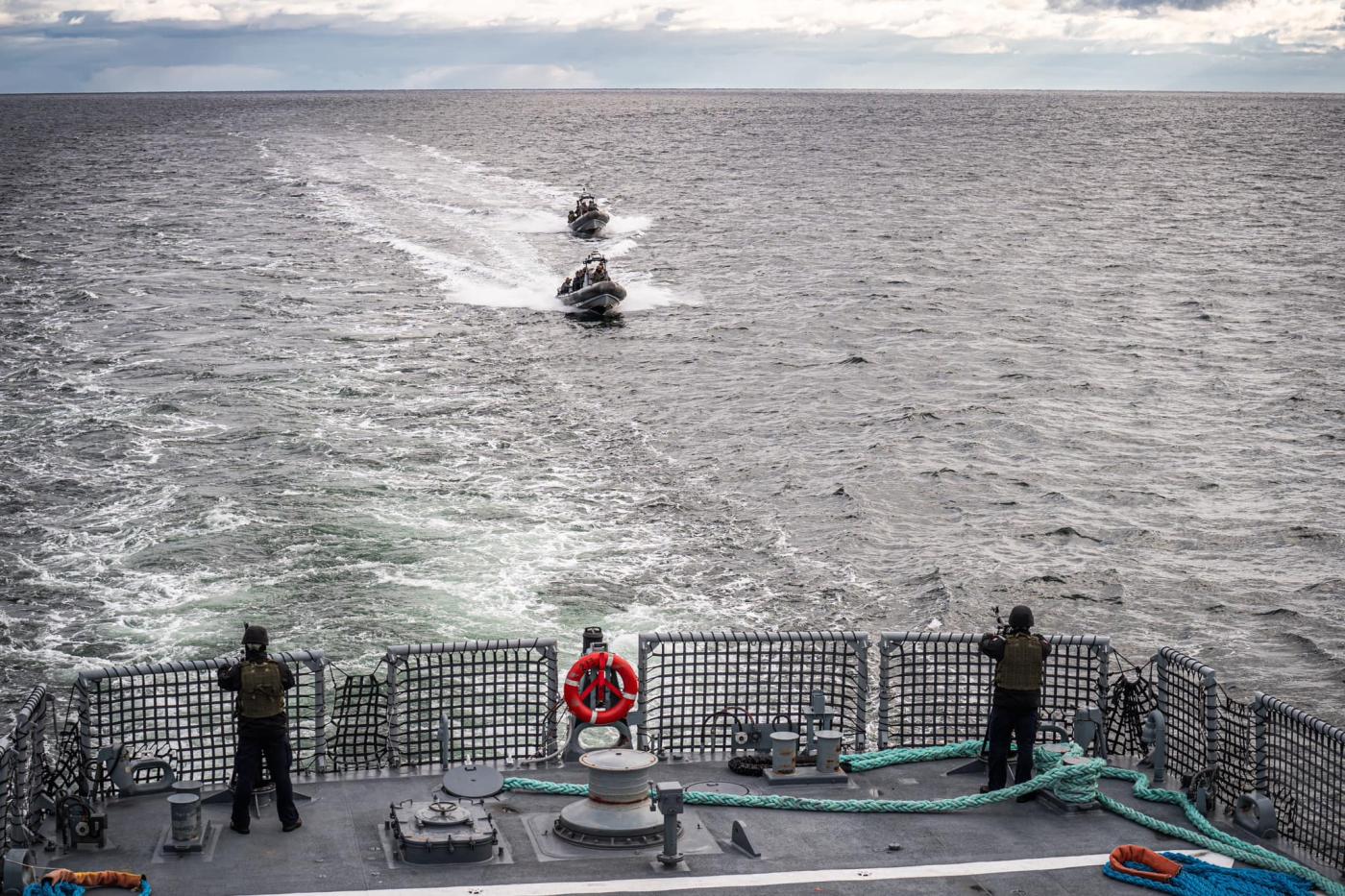
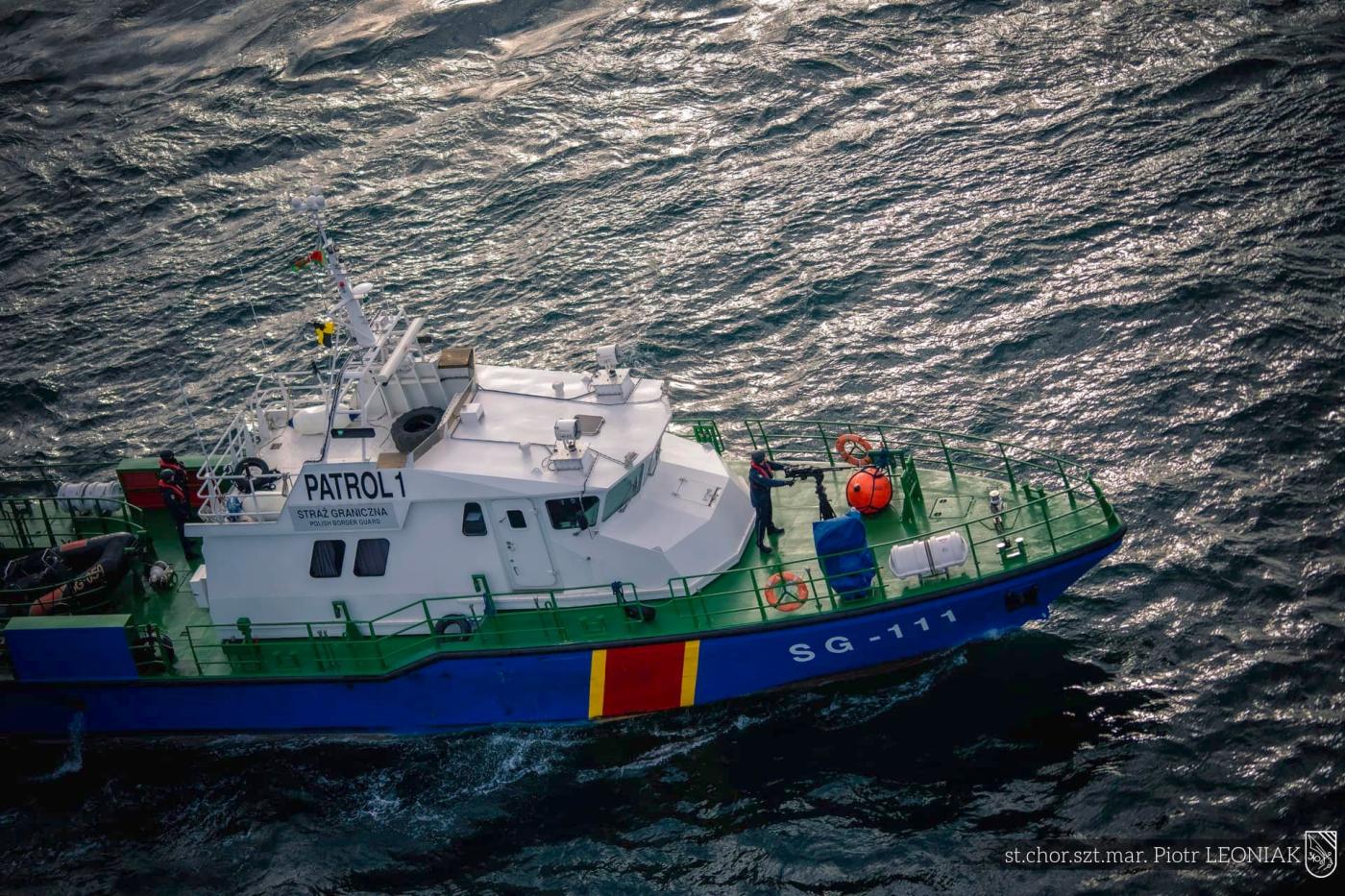
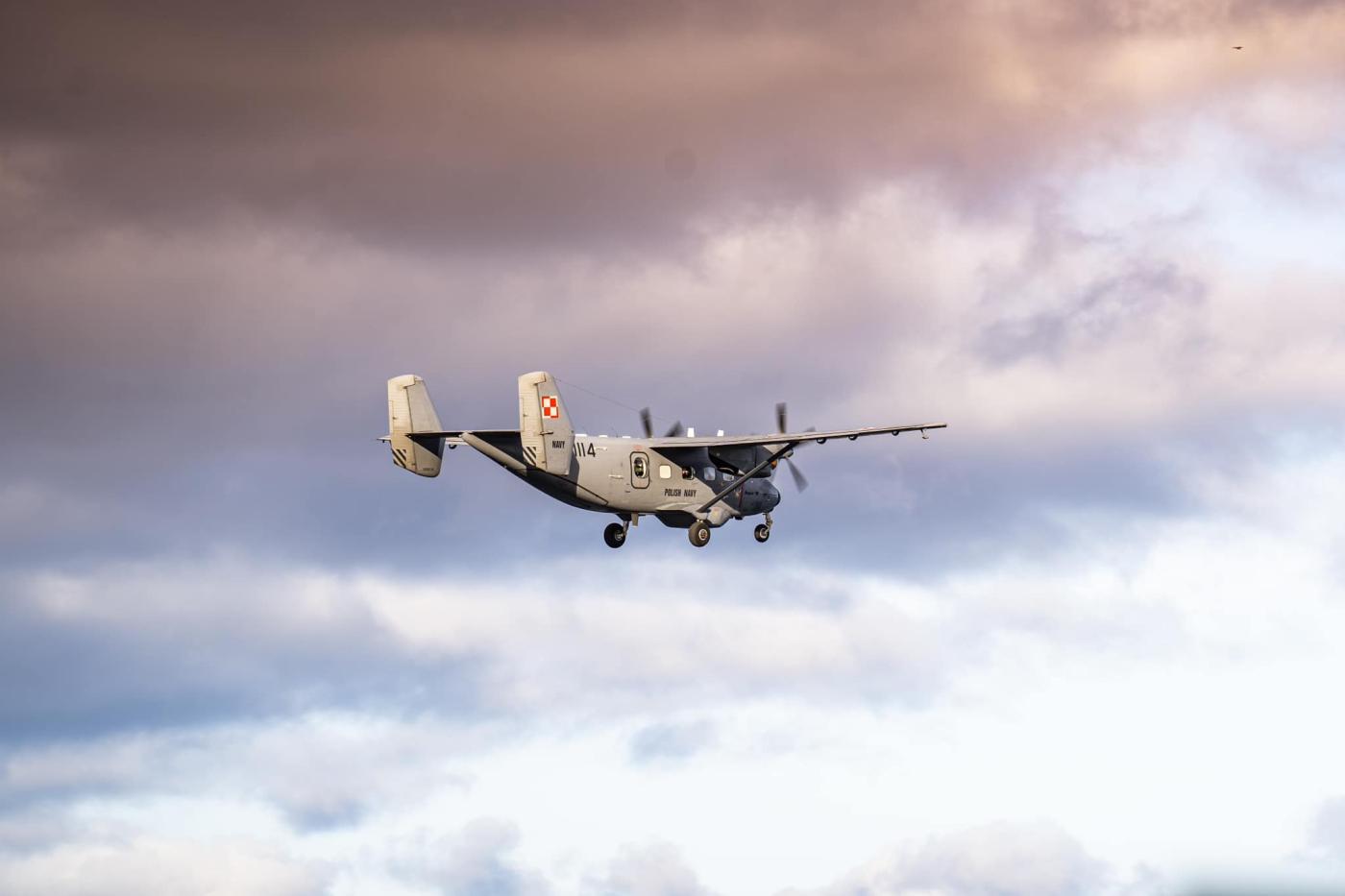
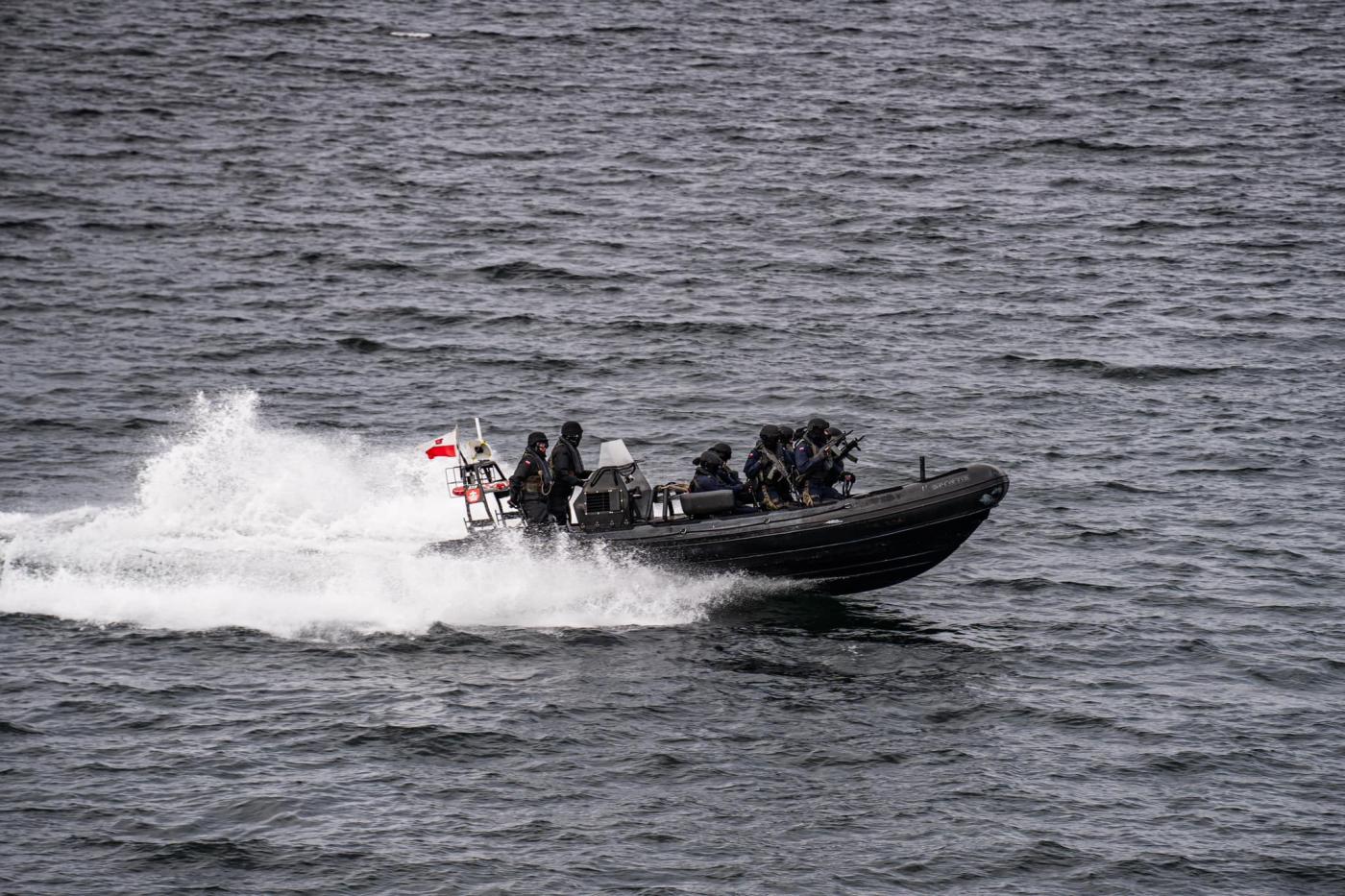
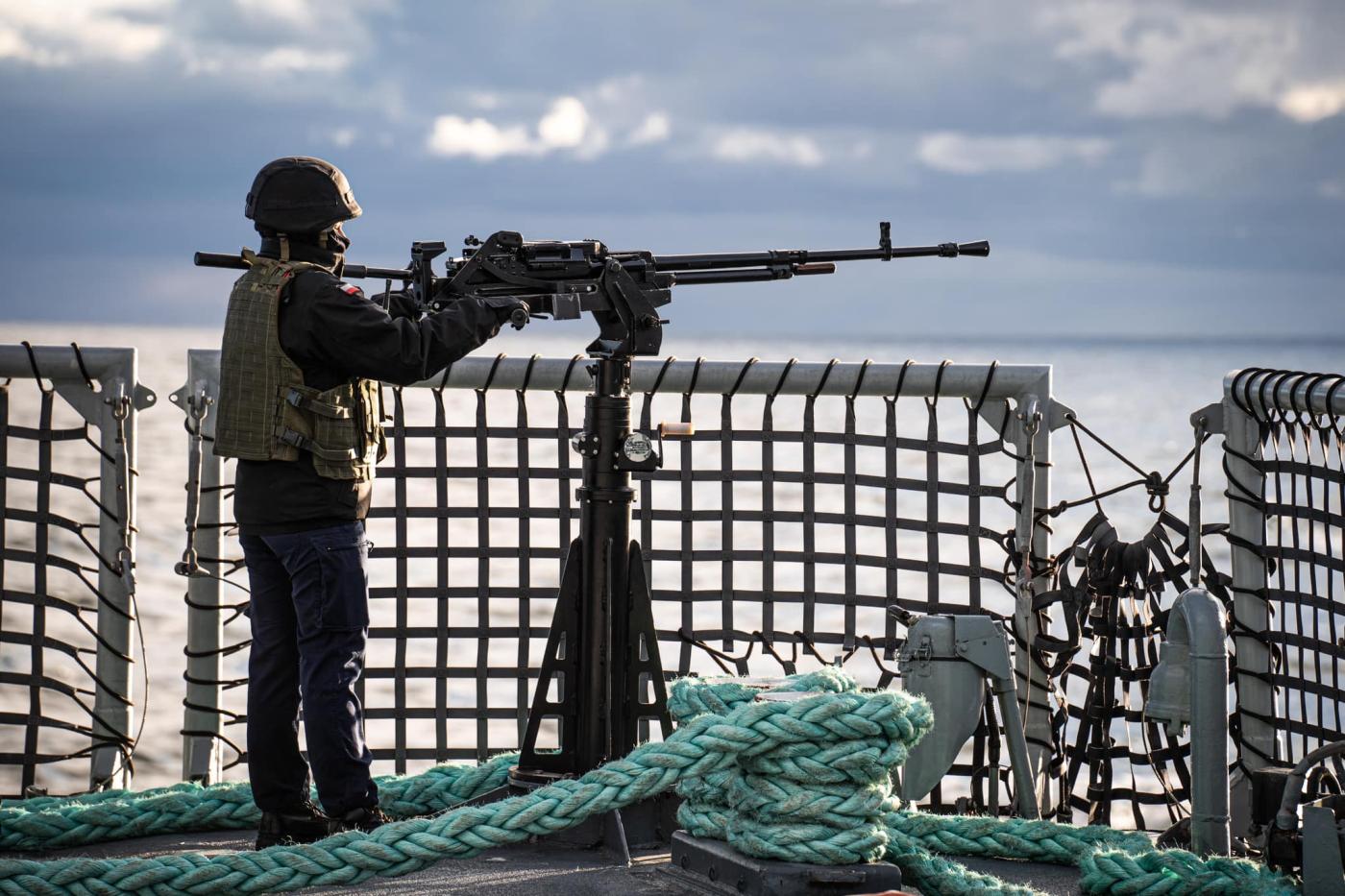

comments
Add the first comment
see also
Heightened vigilance in the North Sea: Belgian naval vessel escorts Russian ship near Dutch EEZ
PGZ secures 120 billion zlotys in defense contracts and plans major rxpansion of production capacity
New security regulations in force: photography ban in strategic port areas
Unusual visitor in Szczecin: SG-301 General Józef Haller at the Chrobry embankment
No proof of sabotage by Chinese crew in Baltic Sea cable incident, says Sweden - but questions remain
Black Sea under scrutiny: Turkey convenes regional military talks on post-ceasefire security
Detained "shadow fleet" tanker Kiwala deemed unseaworthy
Iniochos 2025: Air forces train over the Mediterranean under the shadow of real-world threats
US defense secretary warns of Chinese threat to Panama Canal
Engine room fire aboard Victoria L containership. Coordinated response prevents escalation
ADVERTISEMENT